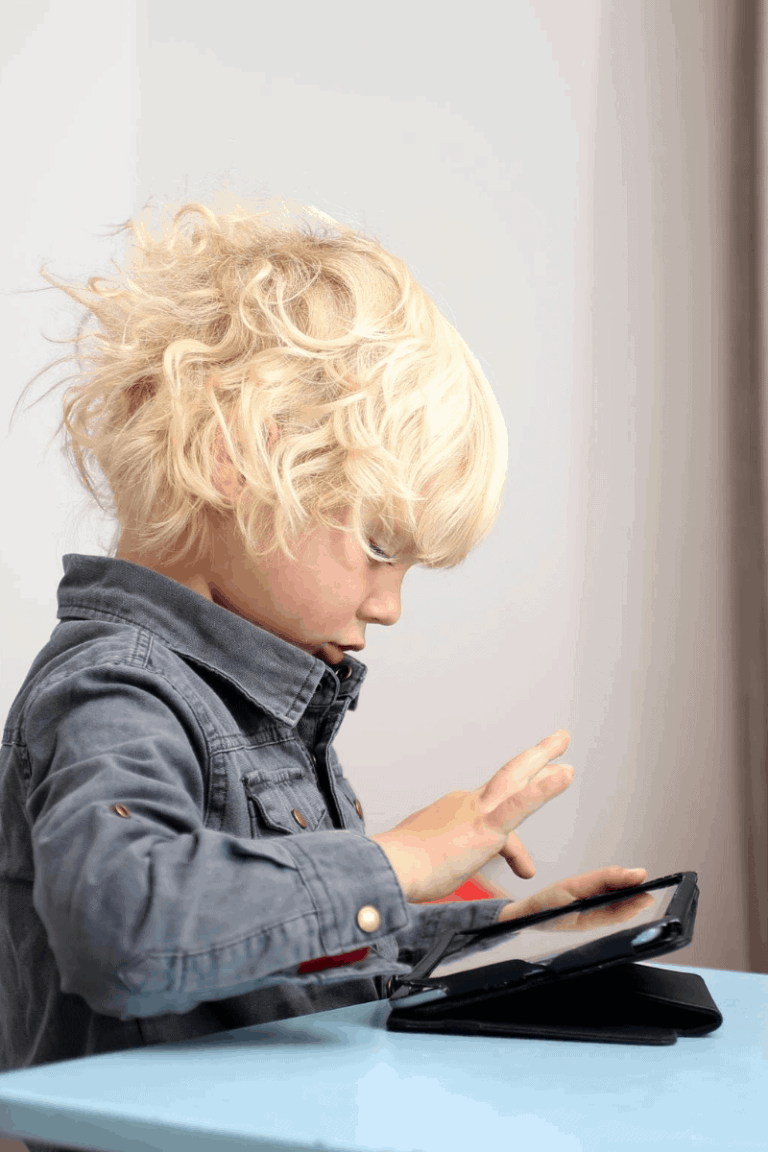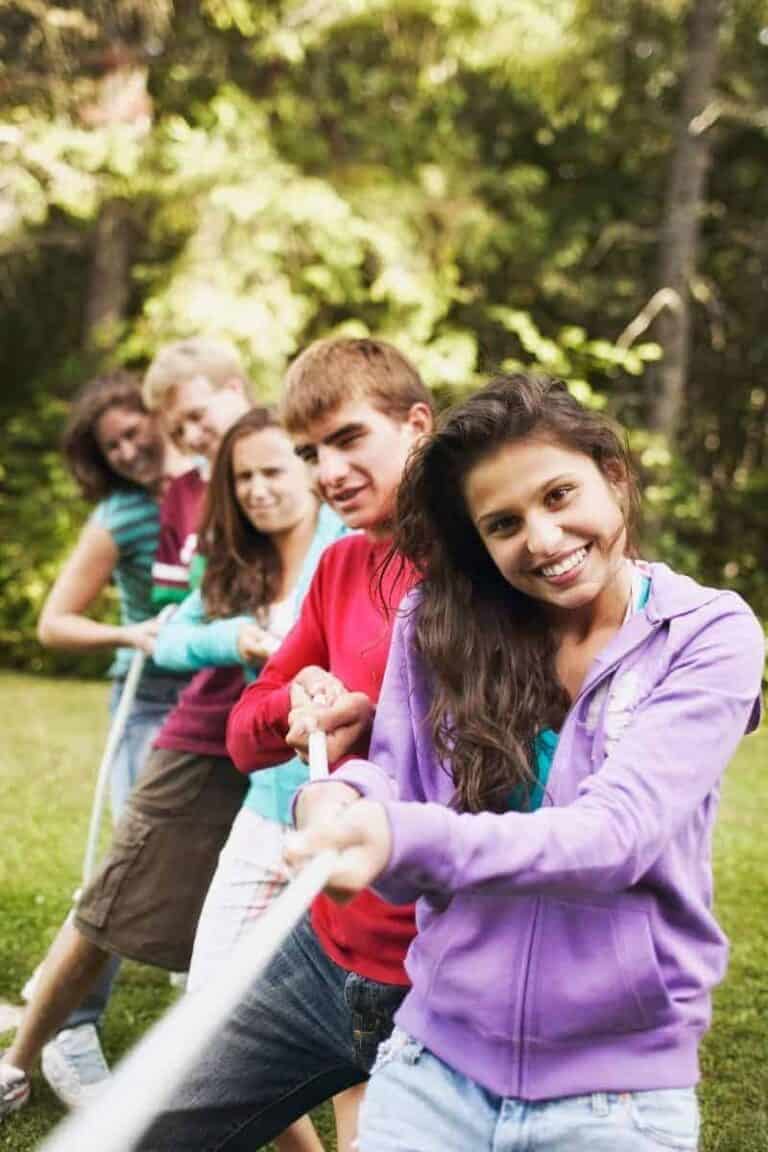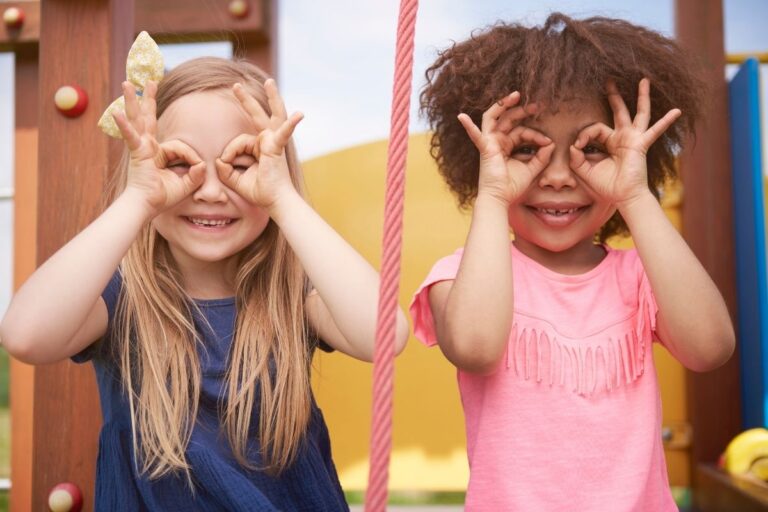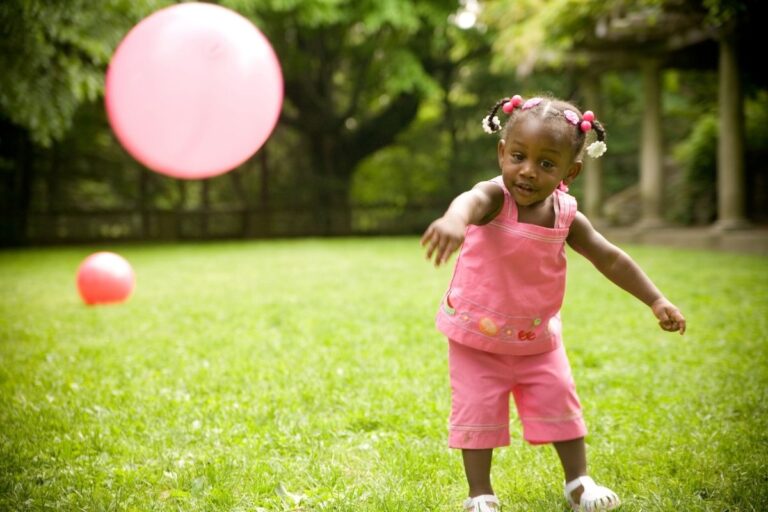7 pincer grasp activities for babies
Babies undergo a mind-boggling number of physical changes in the first six months of their life. From then on, they also start to learn many skills and hit different developmental milestones, including learning how to use the famous pincer grasp.
Play. Learn. Thrive.™ only endorses products we authentically love and use. Some of the product links in this post may be affiliate links. That means that if you click them and make a purchase, this site makes a commission. Play. Learn. Thrive.™ is also an Amazon Associate. As an Amazon Associate, we earn from qualifying purchases. It will have no impact on the price you pay or the experience of your purchase.
Developing this skill can help babies strengthen the small muscles in their hands and get them to learn how to produce movement, hold and manipulate objects, and eventually use them in their daily life.
Practicing different pincer grasp activities for babies can be an excellent way to do this, but before diving right into that, here’s a bit more you should know about it all.
What is Pincer Grasp in Babies?
Simply put, a pincer grasp is a grasp that uses the pads of the fingers or the fingertips to hold a tiny object. It is basically when the index finger and thumb are used together like pincers or pinchers.
In babies, this usually emerges between age 6 months to 9 months of age, and often occurs simultaneously with crawling, helping babies learn how to perform tasks such as stacking blocks.
The pincer grip is only one of the many milestones infants go through as they learn how to use their hands and fingers effectively. Other milestones include being able to release objects, manual dexterity, hand movements, coordination, strength, and many more.
Is the Pincer Grasp a Gross Motor Skill?
It still remains unclear whether pincers are a gross or fine motor skill though since some say that pincers have qualities of both gross and fine motor skills.
At a year old, the pincer grip is a good predictor for future fine motor skills since it involves movements that require the control of small muscles in the fingers and hand-eye coordination.
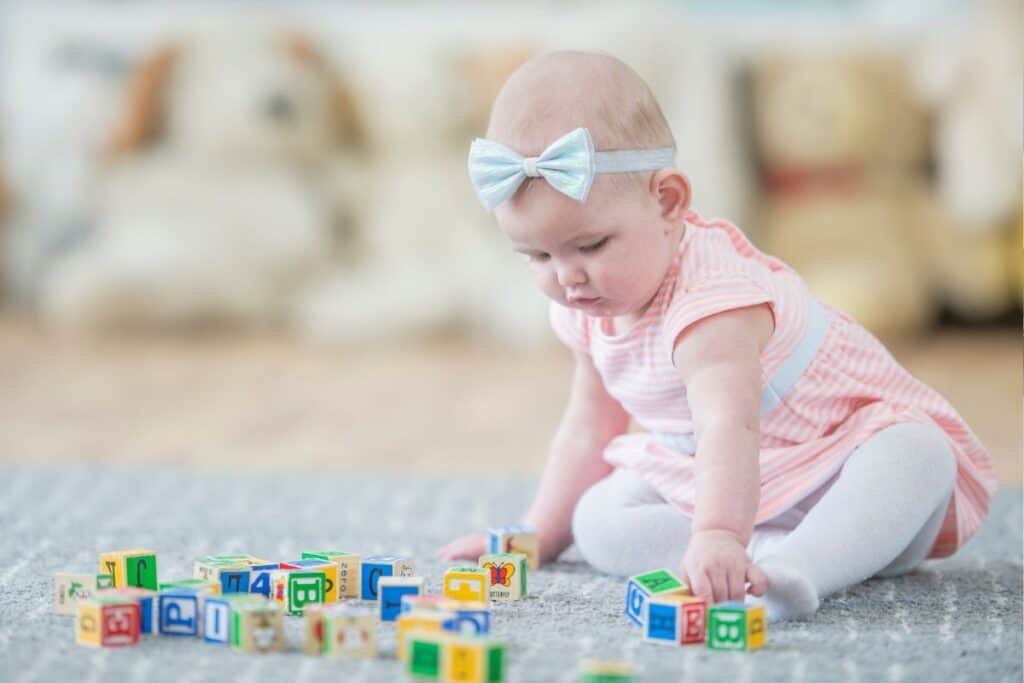
When Can Babies Use Pincer Grasp?
Babies typically start to develop this skill at around six months old where they learn how to hold objects between the fingers. As they start to grow older, they can learn how to pick up tiny objects using the tips of their fingers, and usually perfect the technique by their first birthday.
Picking up small objects is not easy for babies at first and they tend to simply grab them with their whole palms rather than using pincers. Over the first year, babies become more skillful with pincers until the pincer grasp is mature around their second birthday.
What is a Palmar Grasp?
Palmar grasp is actually one of the earlier stages of development of the pincer grasp. It involves bringing the fingers inwards towards the palms, letting the fingers curl around the object. Most babies develop the palmar grasp right at birth, and it can persist until 4-6 months of age.
What is Crude Pincer Grasp?
Also known as the inferior pincer grasp, crude pincer grasp is the term used to define the grasp made using the pads of the fingers, instead of the tips. This is usually observed in babies around 7 months of age.
The true pincer grasp is developed in stages, and one of the first stages of its development involves the sharpening of the crude pincer grasp and sometimes, the raking grasp, which involves using all the fingers except the thumb, as a rake, to hold an object.
How Do You Know if Your Baby Has the Pincer Grasp?
While there’s no accurate way of knowing about your child’s pincer grasp development, there are some signs that indicate your child showing interest in using their thumb and index finger to pick up tiny objects. Parents usually see the signs slightly before the child does it themselves because they are more observant of their children's actions. Some common signs may include the following-
- Sticking out their tongue while focusing on an object (or trying to)
- Holding onto a bottle or pacifier with two hands instead of one
- Trying to grab at blankets or stuffed animals while laying on their back
- Crawling up to a toy and touching it with one finger instead of the whole hand
Most babies get really excited when they pick up an object successfully- just keep an eye out and you should be able to note!

What is Delayed Pincer Grasp?
Delayed pincer grasp is a term used to describe the lack of coordination between the thumb and index finger. In other words, it refers to the inability of a child to pinch with their fingers.
Typically, this condition is diagnosed at around 1 year of age, before children begin largely using objects. This is because up until this age, children are usually learning how to use the tips of their fingers to hold smaller objects.
In most cases, parents usually notice that their child does not appear able to hold onto objects properly.

How to Get a Baby to Use the Pincer Grasp?
At three months old, babies can already start using their thumb or index finger for grasping which develops into the pinching motion called the pincer grasp. When they are between four-six months of age, children begin using their thumb and index finger together as well as their middle finger. This is how the pincer grasp develops.
The best way to help your little one use this grasp is through playtime and by using objects around your house that your baby can easily grab onto.
Using pipe cleaners are a great idea for babies that are younger because they are small enough where it can be grabbed easily with their index finger and thumb while not being too difficult to pick up. As your baby gets older, you will want to switch it out for larger objects like balls or toys that are easier to maneuver around with the pincer grasp.
Older children between seven-eight months old will learn how to bring their thumb all the way across the index finger for the pincer grasp, which will give them more strength when holding objects.
You can of course, also start with some age-appropriate pincer grasp activities for babies. The key is to never put too much pressure on your child so they don't get frustrated or turned off from grabbing objects.
What Toys Can Help with Pincer Grasp?
There are several ways you can help your baby develop his pincer grasp. Certain toys, in particular, can be quite effective in sharpening fine motor skills in babies.
Shape sorters, block stackers, lacing boards, and small pegboards can work wonderfully in helping enhance pincer grasp in babies from 8 months of age.
For younger babies, simply placing a variety of objects in different shapes and sizes- coins, marbles, little balls, etc can help. You’ll obviously need to supervise, but this simple activity can really make a difference.
Just remember not to overdo it in the beginning. Start slow and then take it from here.
Here are a few good options for pincer grasp toys for babies that you might want to consider purchasing.
Baby Blocks Soft Montessori Sensory Stacking Egg Toy
These little stacking toys are perfect for babies over 6 months of age. They are crafted in food-grade silicone and provide a unique sensory experience with their bumps and grooves. That’s not all; they can double up as bathing toys and teethers too.
Promise Babe Silicone Stacking Rings Toy
This silicone stacking toy is great for babies too! It is BPA-free, designed cleverly, and can help strengthen your child’s pincer grasp and palmar grasp.
HETOMI Baby Stacking Building Blocks
Here’s another excellent sensory toy for your baby, that can also help sharpen his fine motor skills and enhance his hand-eye coordination. Best of all, it is super affordable.

What Activities Can Help Develop Pincer Grasp?
Parents can actually help babies sharpen their pincer grasp by getting them involved in little activities and playtime.
Here are a few good pincer grasp activities for babies you can get started on right away.
- Set up some Gerber puffs or any other bite-sized baby food on a suction plate or just on a mat. Let your baby try and pick them up and explore.
- Place some baby carrots on a clean surface and let your baby try and pick them up. Food is one of the biggest motivators in babies, so you can use it to your advantage.
- If you’re planning to try baby-led weaning, you could set up some soft and age-appropriate foods in front of your baby, and let him try to hold and explore and even eat the foods.
- You can also get some pom-poms stuck inside a hand whisk, and offer it to your baby, encouraging him to get the pom-poms out. You’ll obviously need to be there to supervise with this one.
- You can offer large puzzles that have knobs, to encourage picking and holding.
- Introduce board books and help your baby learn how to flip pages.
- Encourage your little one to point out to different objects in the books by doing it yourself.
These activities also enhance fine motor skills such as hand-eye coordination, dexterity, problem-solving, spatial awareness, and balance- all of which are crucial for your child's development.
How to Work on Your Baby’s Pincer Grasp?
Taking steps to foster your child’s pincer grasp is a must. The earlier you do it, the better.
Start by focusing on the most common pincer grasp activities for babies, and if you want to, you can also invest in some toys to take it up a notch. Give your child the opportunity to refine his skills through repetition and resistance.
Remember that strengthening the pincer grasp is what will help your baby with his self-help skills such as eating, buttoning, zipping, coloring, and writing in the long run.



